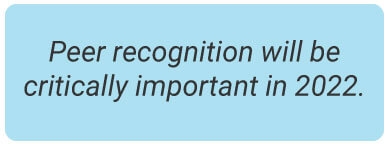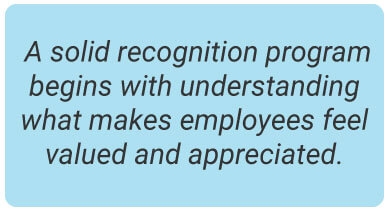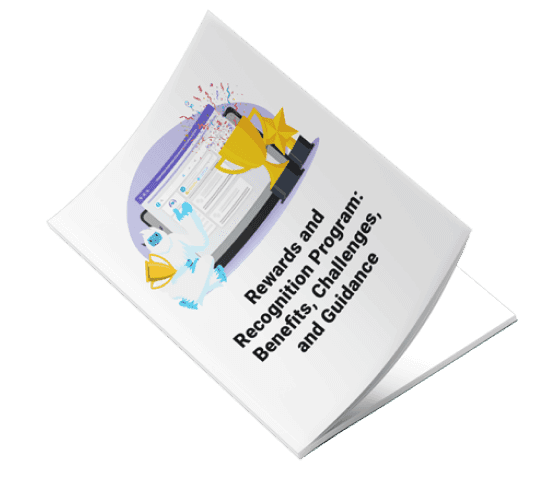
9 Predictions For Where Employee Recognition Is Going In 2022
March 11, 2022
|
Erika Rahman
Visible Leaderboards
The Thanksmatters Card
Personalized and Tailored Recognition
Rewarding Self Care
Peer Recognition Will Reign

Find What Really Motivates

Less Tangible Rewards
Kras and Work Systems
More Global Programs
About the Author

Erika Rahman is a Product Marketing and Content Specialist at Motivosity. She studied marketing and business management at Utah Valley University. Erika has a broad background—from optometry to trade school administration—giving her a love and understanding for people across industries. She grew up in Northern California and Colorado, and currently calls the Utah slopes home.
Learn More
Learn More






